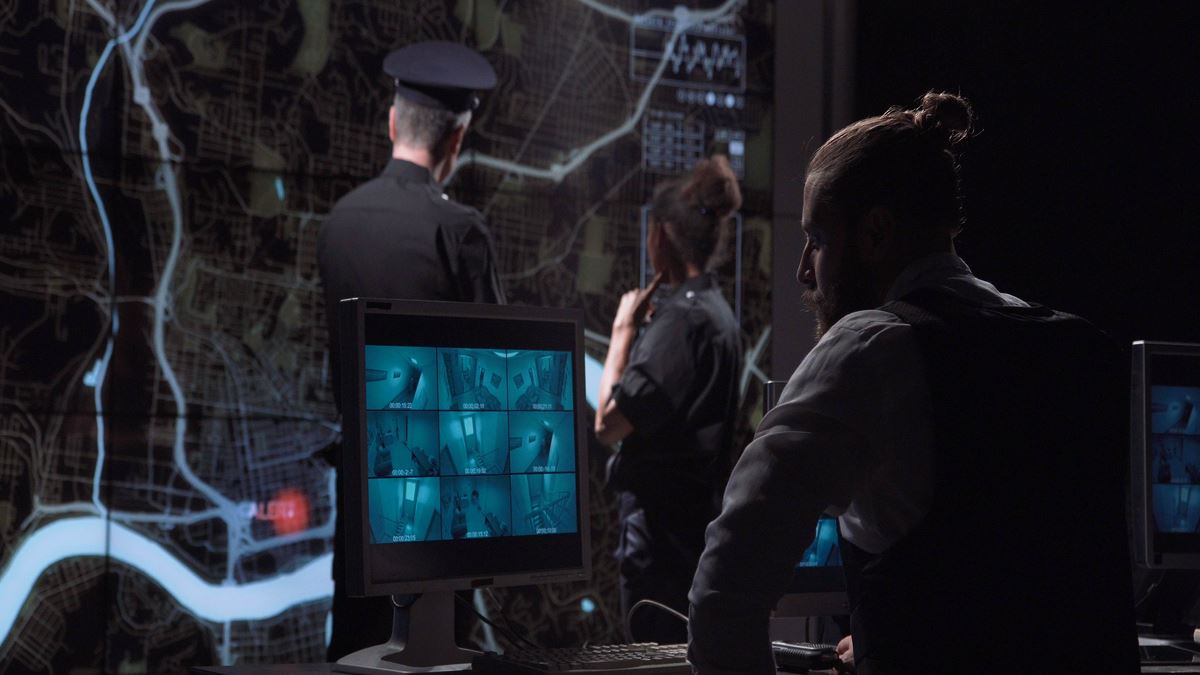Among the top priorities for any democratic government is security of the people and the resources that underpin a society, whether they be infrastructure, businesses or the economy.
The nature of the threats facing our societies has evolved greatly over the past two decades, and governments are having to change the approach they take to mitigate those threats.
Not only do threats come from people themselves, whether they be terrorists or criminal networks. They also from other areas too: hostile governments, cyber-crime. And of course there is also climate change, which poses enormous risks to populations in coastal regions, earthquake zones and cyclone corridors.
Public safety agencies, including the intelligence and security services, as well as government departments and community groups, are rethinking how to tackle this widening range of threats.
Yet they are evolving at a time when technological advancements allow for larger and more refined pools of data, and which allows agencies a better quality of intelligence than ever before.
Intelligent data
There has been a shift in the thinking around how to approach these issues. In place of the traditional prioritisation of detection and response as the first line of attack, agencies are now seeking ways to predict and prevent in advance of a threat materialising.
If a threat does materialise, then more effective responses will be utilised. Typically these responses will involve a “Protect, Prevent, Detect, Respond” process:
- Protect: This is about preparing, stopping and intervening on issues and threats, and ensuring the right resources are in place to respond.
- Prevent: A key area of focus is on better anticipating events before they take place, whether it be a terrorist attack or an earthquake. With the Internet of Things (IoT) allowing for greater connectivity between devices, there is greater scope for sharing of data among agencies, both locally and intentionally. This approach draws on data analytics, integration, and smart networks.
- Detect: Monitoring of specific incidents is undertaken so that clear operational pictures of the threat, its scale and the required response can be provided. This can be improved via advance in early warning systems and real-time surveillance.
- Respond: The response capability of a government department or public safety agency to an incident will be measured by how well it manages the situation. The maintenance of communication flows during the incident and proper investigation and evidence gathering afterwards will benefit from developments in communication technologies and better connectivity.
How well public safety agencies respond to either a threat or an incident depends greatly on various related factors, including political pressure, the particular nature of the threat, and what human and financial resources are available to target at the threat.
However, the changing nature of public safety concerns means that governments are now investing higher amounts of resources than during any previous peacetime.
In particular, innovation and finance is being directed at the first two of the four revised approaches: prevention and prediction.
Within that, existing technology is being upgraded alongside the development of new methods of predicting threats and sharing information across a wider range of agencies.
For example, Hitachi’s Video analytics platform delivers a wide range of analytics including face detection and tracking, fight and intruder detection, and object detection, while at the same side allowing privacy to be protected and the health of the video system itself to be constantly monitored.
Agencies are now focused on boosting their efficiency, reducing their operating systems and cutting administration to help free up more time to focus on prevention and, if needed, response.
Changing threats
The importance of developing better systems to predict and prevent threatening incidents grows as populations increase, more people move into cities, and competition for resources builds.
As countries seek to attract investment and reinforce their global standing, they want to project an image of security and stability. This provides an additional incentive to develop more technologically advanced security systems.
Those that don’t will struggle to keep their international image intact and their societies secure. New innovation around public safety means less reliance on traditional security technologies. The Internet of Things and artificial intelligence are providing unprecedented opportunity to thwart the work of criminal gangs and terrorists before their actions materialise.
The article was originally published in Business Reporter.





